Need a Sturdy Retaining Wall? Find Expert Concrete Contractors!
Create Functional & Attractive Retaining Walls with Concrete
ConcreteMatch connects you with experienced concrete retaining wall contractors. Get quotes, compare options, and build a strong, durable wall for your landscaping or construction project.
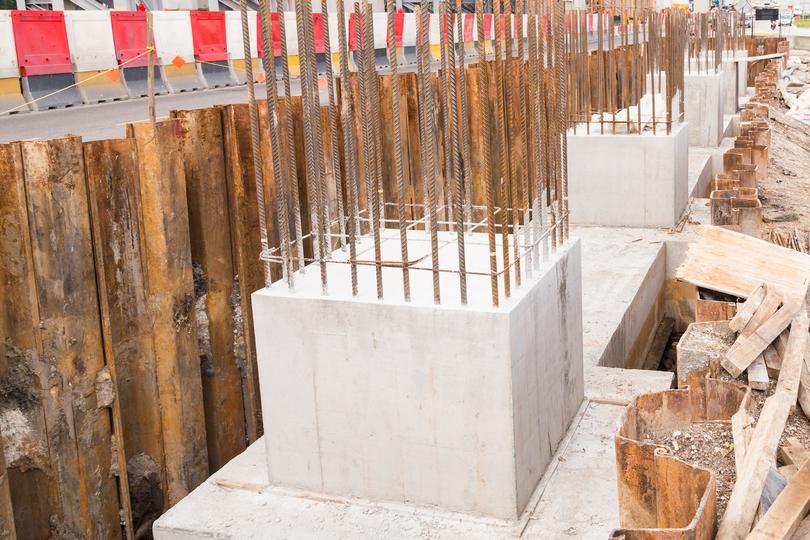
Explore Concrete Solutions for Patios, Driveways & More
ConcreteMatch offers a comprehensive directory for all your concrete needs. Find concrete suppliers, pumping services, specialized mixes, and more.
Specialized concrete solutions for commercial projects. Tailored to meet the unique requirements of large-scale construction.
Concrete solutions tailored for domestic construction projects. Ideal for residential buildings, driveways, and pathways.
High-quality ready mix concrete for all your construction needs. Delivered directly to your site for convenience and efficiency.
On-site concrete mixing and delivery services for construction projects. Reduces material waste and ensures optimal concrete quality.
On-site mixed volumetric concrete tailored to your specific requirements. Perfect for projects needing precise concrete quantities.
Efficient concrete pumping services to place concrete precisely where you need it. Ideal for hard-to-reach areas and large projects.
Advanced boom pumping services for placing concrete in hard-to-reach areas. Ideal for high-rise buildings and large-scale projects.
Efficient line pumping services for precise concrete placement. Perfect for small to medium-sized construction projects.
Concrete delivery and pouring services available outside regular business hours. Ideal for projects with strict timelines and schedules.
Durable and consistent ready mix mortar for masonry, rendering, and more. Delivered straight to your project location.
Affordable and reliable concrete pump hire services for projects of all sizes. Ensures efficient and precise concrete placement.
Affordable concrete mixer hire services for projects of all sizes. Reliable and well-maintained equipment delivered to your site.
Reliable suppliers of high-quality aggregates for construction projects. We offer a wide range of materials to meet your specific needs.
Specialized lightweight concrete ideal for projects requiring reduced structural load. Perfect for high-rise buildings and long-span bridges.
High-quality waterproof concrete designed to prevent water penetration. Ideal for basements, swimming pools, and water tanks.
No fines concrete ideal for lightweight and insulated concrete structures. Commonly used for walls and foundation backfills.
Manual barrowing services for transporting concrete and construction materials on-site. Ideal for projects with limited access.
Durable and aesthetically pleasing concrete solutions for driveways. Customizable finishes to enhance curb appeal.
Strong and stable concrete bases for sheds. Ensures long-lasting and level foundation for your garden shed.
High-quality concrete for patio construction. Durable and customizable to match your outdoor living space.
Durable concrete solutions for sidewalk construction and repairs. Ensures safe and long-lasting walkways.
Reliable and strong concrete for building foundations. Ensures a stable and durable base for all types of structures.
High-strength concrete for garage floor construction. Ensures a durable and long-lasting surface that withstands heavy use.
Durable concrete solutions for basement construction. Ensures a strong and waterproof foundation for your home.
Custom concrete countertops for kitchens, bathrooms, and outdoor spaces. Durable, stylish, and easy to maintain.
High-quality concrete for floor construction. Ensures a durable and long-lasting surface for residential and commercial buildings.
Durable concrete for stair construction. Ensures safe and long-lasting stairs for residential and commercial buildings.
Finding the Right Retaining Wall Contractor Is Easy
ConcreteMatch connects you with experienced professionals:

- Tell Us About Your Retaining Wall Project
- Describe your project, including the wall's purpose, desired height and length, and any specific design preferences or site challenges.
- We Connect You With Local Contractors
- We'll match you with qualified concrete retaining wall contractors in your area who have expertise in designing and building durable walls.
- Compare Quotes & Choose
- Review quotes, compare contractor portfolios and experience, and choose the best fit for your budget and project needs.
- Get Your Retaining Wall Built Professionally
- With a skilled contractor on board, you can have a structurally sound and aesthetically pleasing retaining wall that enhances your property.
Why Choose ConcreteMatch for Concrete Retaining Walls?
The smarter way to find Poured Concrete Retaining Walls contractors
Here's why ConcreteMatch is your trusted source for finding qualified contractors: We take the stress out of finding the right concrete supplier. Here's how:

- Experienced & Knowledgeable Contractors
- We partner with contractors who have expertise in concrete retaining wall design, engineering, and construction.
- Competitive Quotes & Transparent Pricing
- Get multiple quotes from retaining wall contractors and compare prices effortlessly. We value transparent pricing so you can make informed decisions.
- Durable & Long-Lasting Solutions
- Our contractors utilize high-quality concrete and proper construction techniques to build retaining walls that withstand the test of time.
- Save Time & Effort on Sourcing Contractors
- ConcreteMatch streamlines the process of finding the right retaining wall contractor, saving you time and effort on searching and vetting.
- Enhance Functionality & Aesthetics
- Concrete retaining walls not only serve a functional purpose but can also be aesthetically pleasing, adding value and curb appeal to your property.
- Free & Easy To Use
- ConcreteMatch is completely free for everyone. Find your perfect concrete retaining wall contractor today!
Need Retaining Walls for Your Business?
Concrete Retaining Walls for Commercial Projects
Find contractors who specialize in large-scale retaining wall construction for commercial properties, ensuring stability and compliance with building codes.
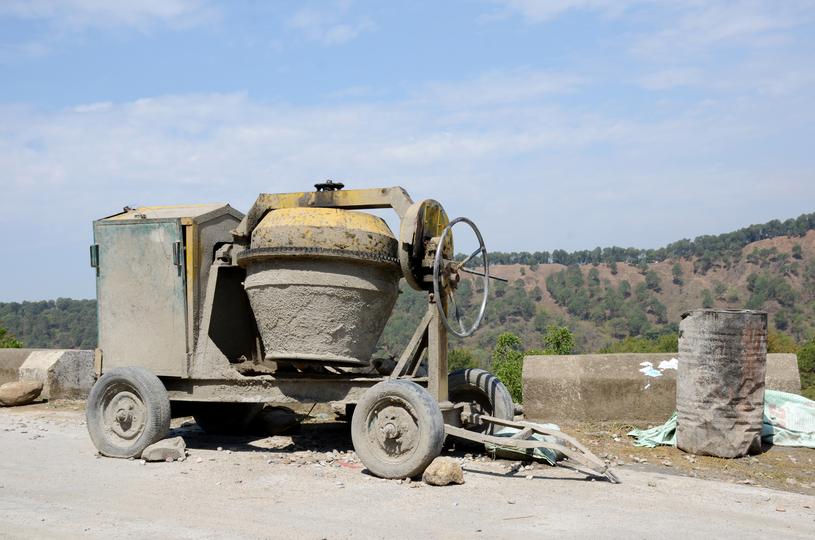
Specialized concrete solutions for commercial projects. Tailored to meet the unique requirements of large-scale construction.

High-quality ready mix concrete for all your construction needs. Delivered directly to your site for convenience and efficiency.
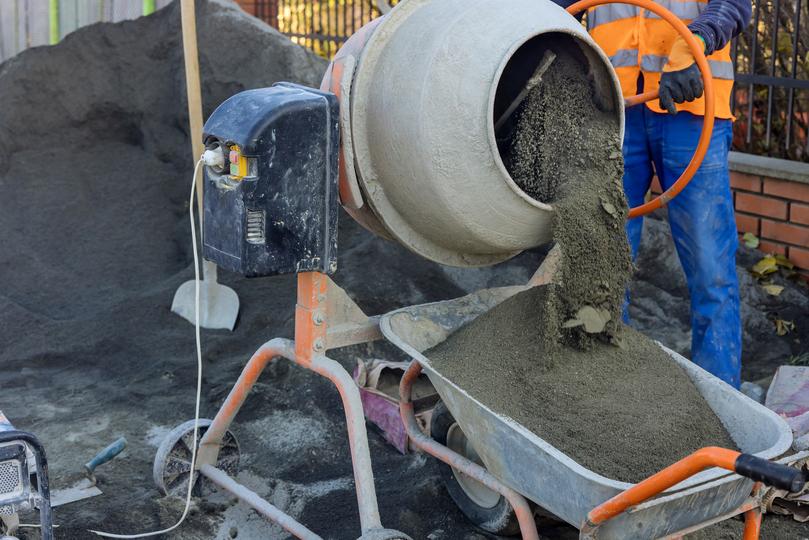
On-site concrete mixing and delivery services for construction projects. Reduces material waste and ensures optimal concrete quality.
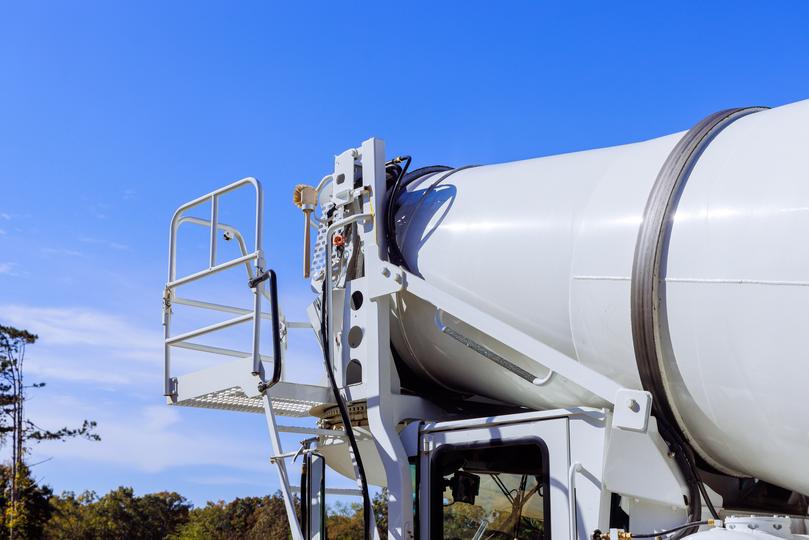
On-site mixed volumetric concrete tailored to your specific requirements. Perfect for projects needing precise concrete quantities.
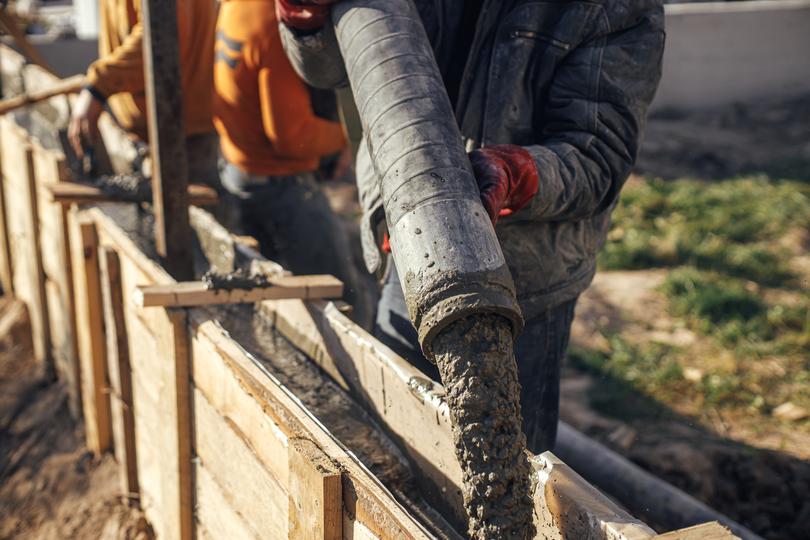
Efficient concrete pumping services to place concrete precisely where you need it. Ideal for hard-to-reach areas and large projects.

Advanced boom pumping services for placing concrete in hard-to-reach areas. Ideal for high-rise buildings and large-scale projects.
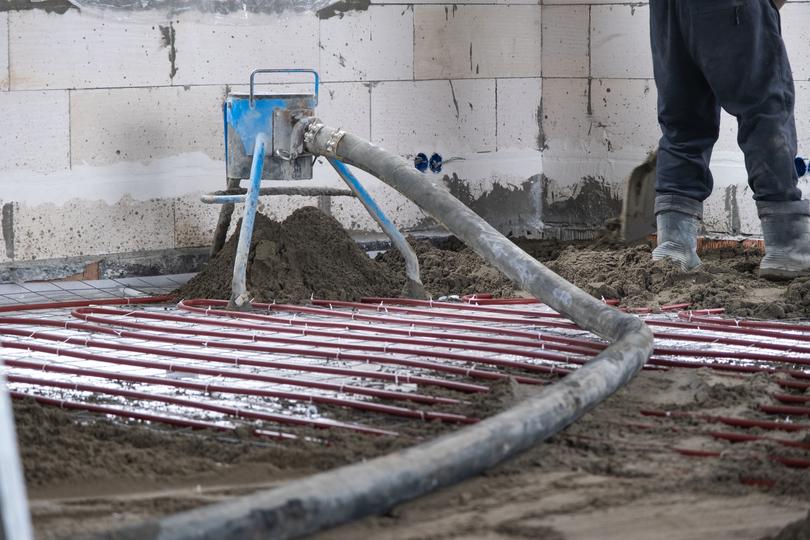
Efficient line pumping services for precise concrete placement. Perfect for small to medium-sized construction projects.
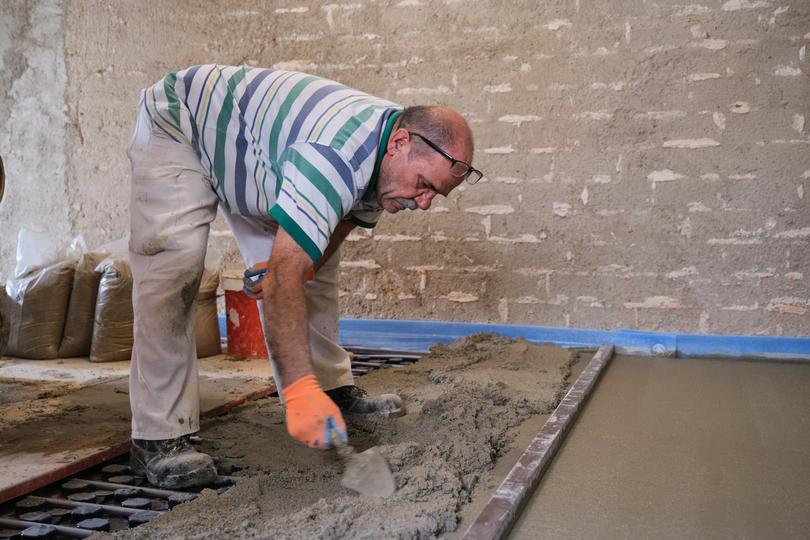
Professional screeding services for smooth, level floors. Suitable for both residential and commercial projects.
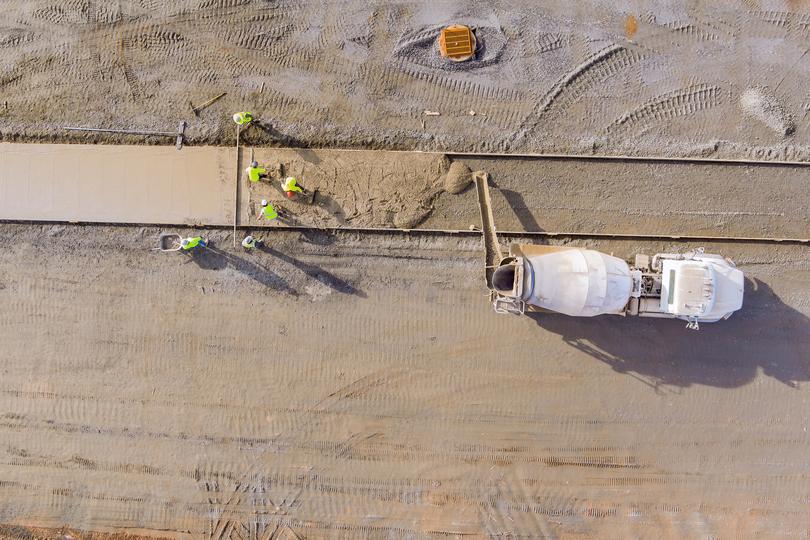
Concrete delivery and pouring services available outside regular business hours. Ideal for projects with strict timelines and schedules.
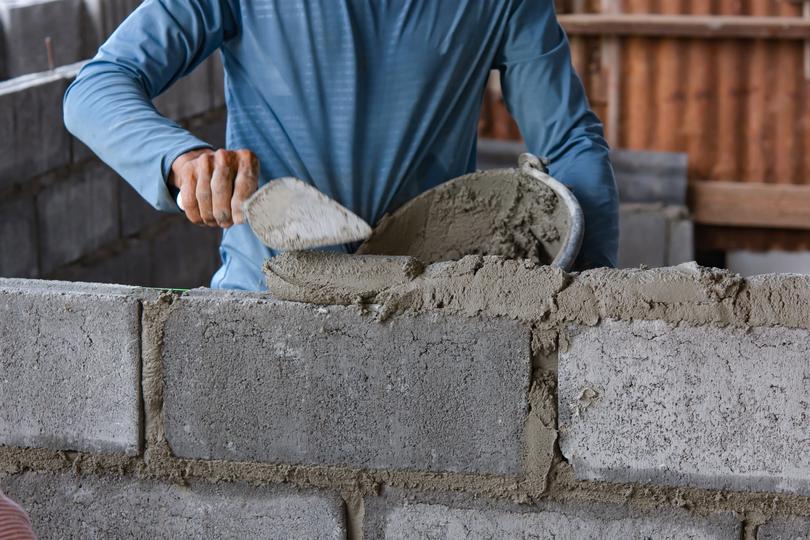
Durable and consistent ready mix mortar for masonry, rendering, and more. Delivered straight to your project location.
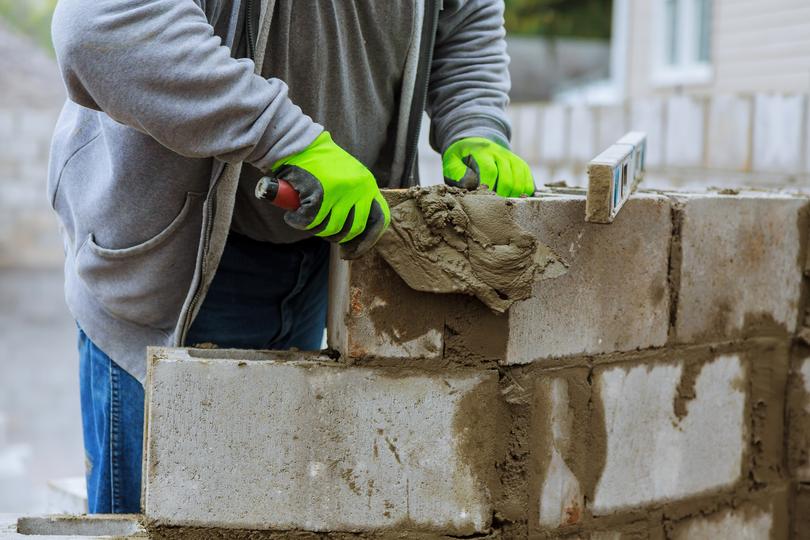
Affordable and reliable concrete pump hire services for projects of all sizes. Ensures efficient and precise concrete placement.
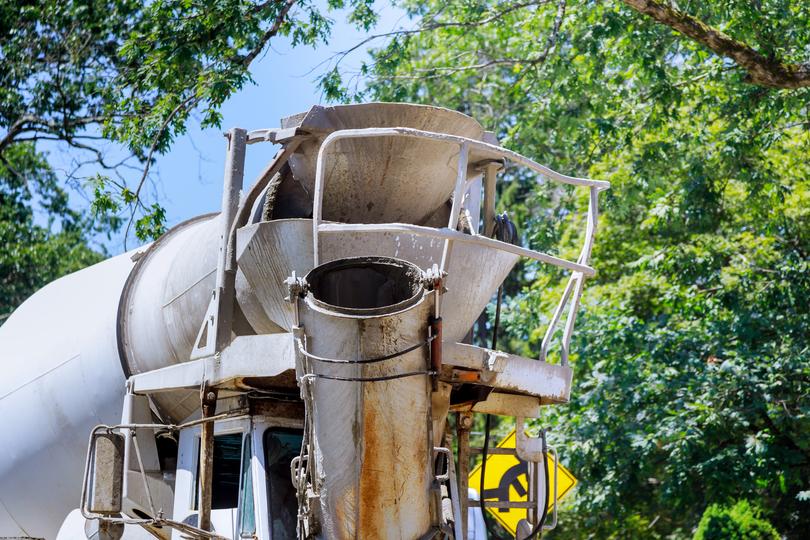
Affordable concrete mixer hire services for projects of all sizes. Reliable and well-maintained equipment delivered to your site.
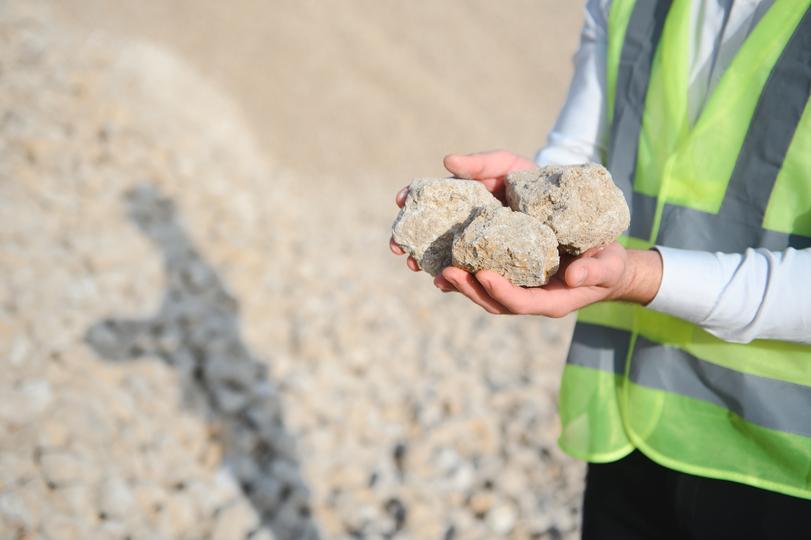
Reliable suppliers of high-quality aggregates for construction projects. We offer a wide range of materials to meet your specific needs.
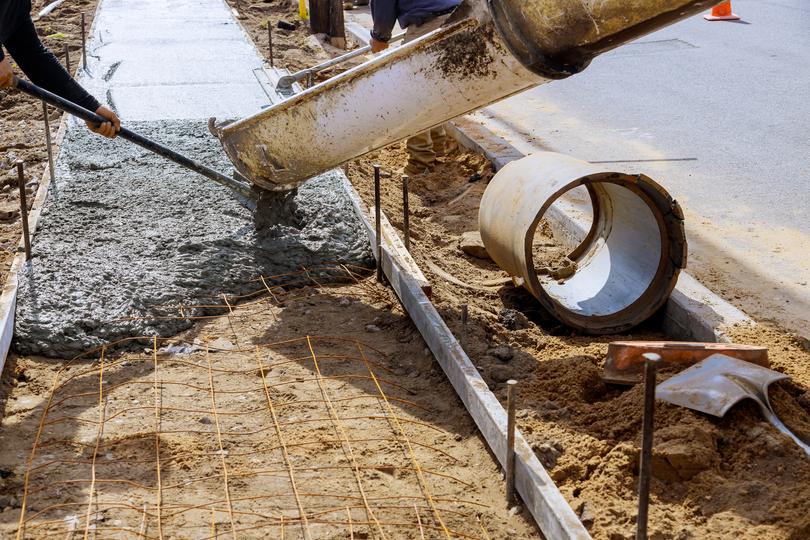
Get multiple quotes from top-rated concrete suppliers near you. Compare quotes, save time, save money.
Enhance Your Landscape
Concrete Retaining Walls for Home Landscaping
ConcreteMatch connects you with retaining wall contractors who can create functional and attractive walls for your home garden, terraces, or landscaping projects.

Concrete solutions tailored for domestic construction projects. Ideal for residential buildings, driveways, and pathways.

High-quality ready mix concrete for all your construction needs. Delivered directly to your site for convenience and efficiency.

On-site concrete mixing and delivery services for construction projects. Reduces material waste and ensures optimal concrete quality.

On-site mixed volumetric concrete tailored to your specific requirements. Perfect for projects needing precise concrete quantities.

Efficient concrete pumping services to place concrete precisely where you need it. Ideal for hard-to-reach areas and large projects.

Advanced boom pumping services for placing concrete in hard-to-reach areas. Ideal for high-rise buildings and large-scale projects.

Efficient line pumping services for precise concrete placement. Perfect for small to medium-sized construction projects.

Concrete delivery and pouring services available outside regular business hours. Ideal for projects with strict timelines and schedules.

Durable and consistent ready mix mortar for masonry, rendering, and more. Delivered straight to your project location.

Affordable and reliable concrete pump hire services for projects of all sizes. Ensures efficient and precise concrete placement.

Affordable concrete mixer hire services for projects of all sizes. Reliable and well-maintained equipment delivered to your site.

Reliable suppliers of high-quality aggregates for construction projects. We offer a wide range of materials to meet your specific needs.
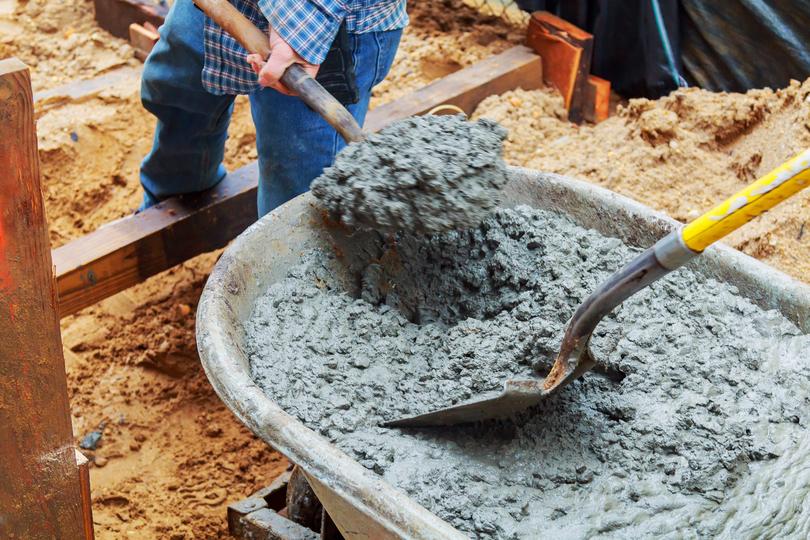
Manual barrowing services for transporting concrete and construction materials on-site. Ideal for projects with limited access.
Ready to Build a Sturdy Retaining Wall?
Find the Best Concrete Retaining Wall Contractors on ConcreteMatch!
Get free quotes, compare experienced contractors, and create a durable and visually appealing retaining wall for your property.